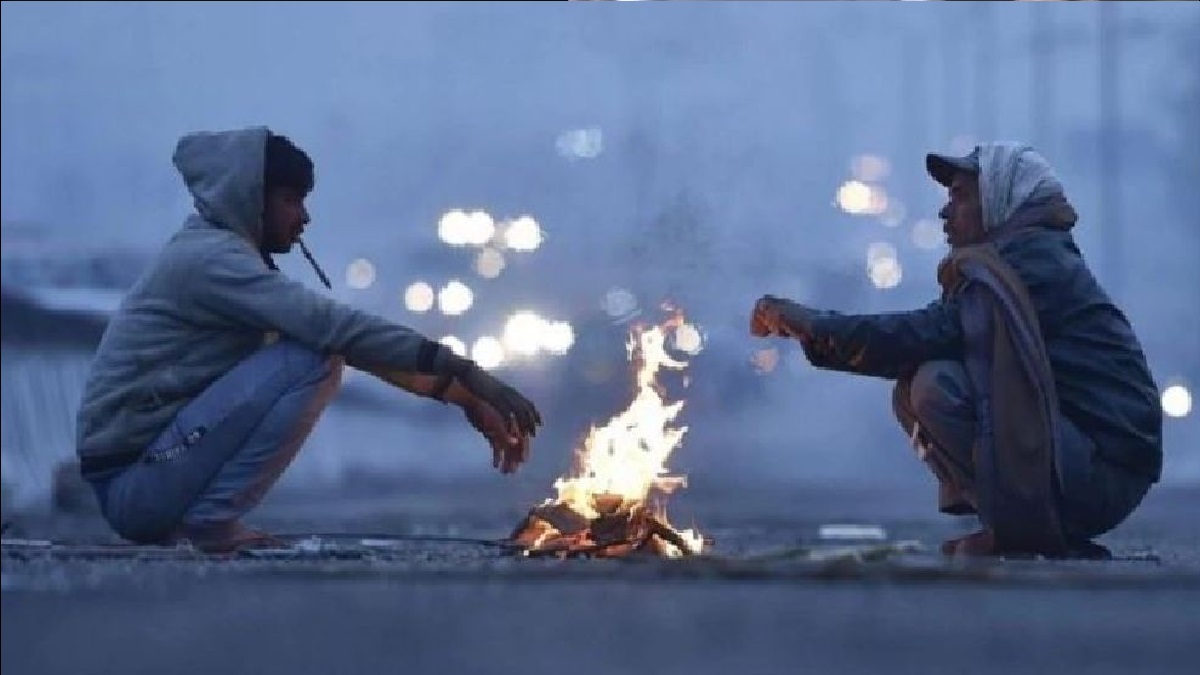Severe cold wave conditions persisted in Delhi and the national capital regions with the minimum temperature expected to remain at 7 degrees Celsius on Wednesday.
Delhiites woke up to foggy morning experiencing a severe cold wave on Wednesday. Parts of the national capital reeled under a cold wave as dense fog blotted out the sun in the morning, lowering visibility to just 50 metres and affecting road traffic and train movement.
Several trains to and from Delhi were reported running late while two were rescheduled, a Railways spokesperson said.
At 5.6 degrees Celsius, Delhi's minimum temperature was less than that of Dharamsala (6.2 degrees Celsius), Dehradun (7 degrees Celsius), and Nainital (7.2 degrees Celsius) on Tuesday.
With a high windchill factor -- a measure of the rate of heat loss from skin that is exposed to the air -- in play, cold day conditions prevailed in some parts of the city such as Palam and Jafarpur.
A cold day is when the minimum temperature is less than or equal to 10 degrees Celsius below normal and the maximum temperature is at least 4.5 degrees below normal. A severe cold day is when the maximum is 6.5 degrees or more below normal.
The windchill factor is based on wind speed -- the higher the wind speed during cold weather, the colder it feels on the skin if a person is outside. Delhi clocked a top wind speed of 16 kilometres per hour on Tuesday.
The national capital shivered under a 'severe' cold day on Monday also, with the maximum temperature dropping 10 notches below normal at some places.
On Tuesday, Safdarjung logged a minimum temperature of 5.6 degrees Celsius -- a notch below normal. The maximum temperature settled at 17.2 degrees Celsius, three notches below normal.
Meteorologists attributed below-normal day temperatures to frigid north westerly winds barrelling through the plains and reduced sunshine due to foggy weather.
Mahesh Palawat, vice president (meteorology and climate change), Skymet Weather, said a western disturbance led to a fresh spell of snowfall in the mountains on December 25-26 and cold northwesterly winds are now sweeping through the plains after its retreat. He said the wind chill factor was also high.
Palawat said coldwave conditions in northwest India would abate from Wednesday under the influence of a fresh western disturbance. However, the relief is likely to be short lived.
Dense to very dense fog prevailed in some parts of the National Capital Region (NCR), Haryana, Punjab, west Uttar Pradesh and north Rajasthan on Tuesday.
According to the India Meteorological Department (IMD), 'very dense' fog is when visibility is between 0 and 50 metres, 51 and 200 metres is 'dense', 201 and 500 'moderate', and 501 and 1,000 'shallow'.
In the plains, the IMD declares a cold wave if the minimum temperature dips to four degrees Celsius or when the minimum temperature is 10 degrees Celsius or below and is 4.5 notches below normal.
A 'severe' cold wave is when the minimum temperature dips to two degrees Celsius or the departure from normal is more than 6.4 degrees Celsius.
(With PTI input)

